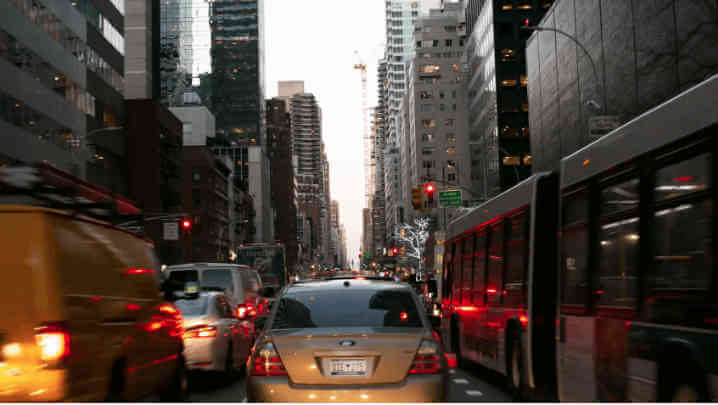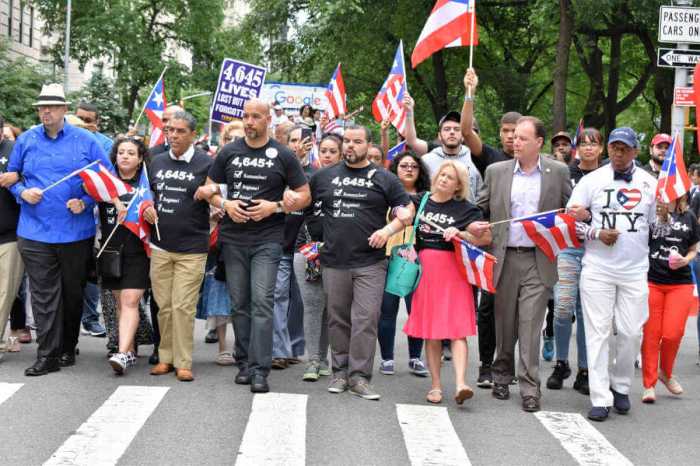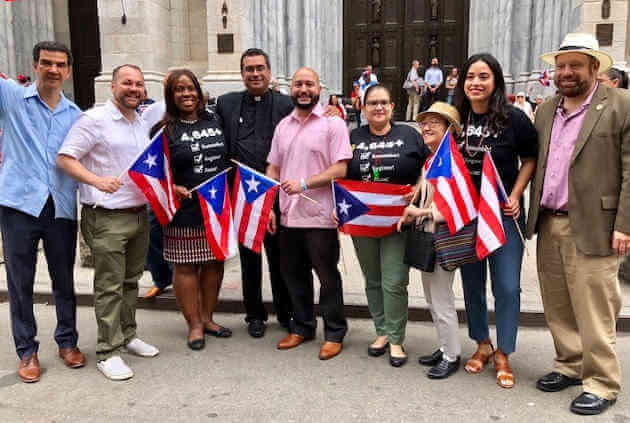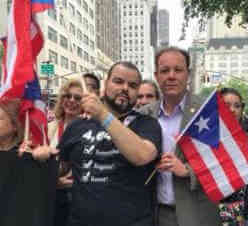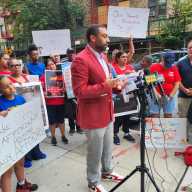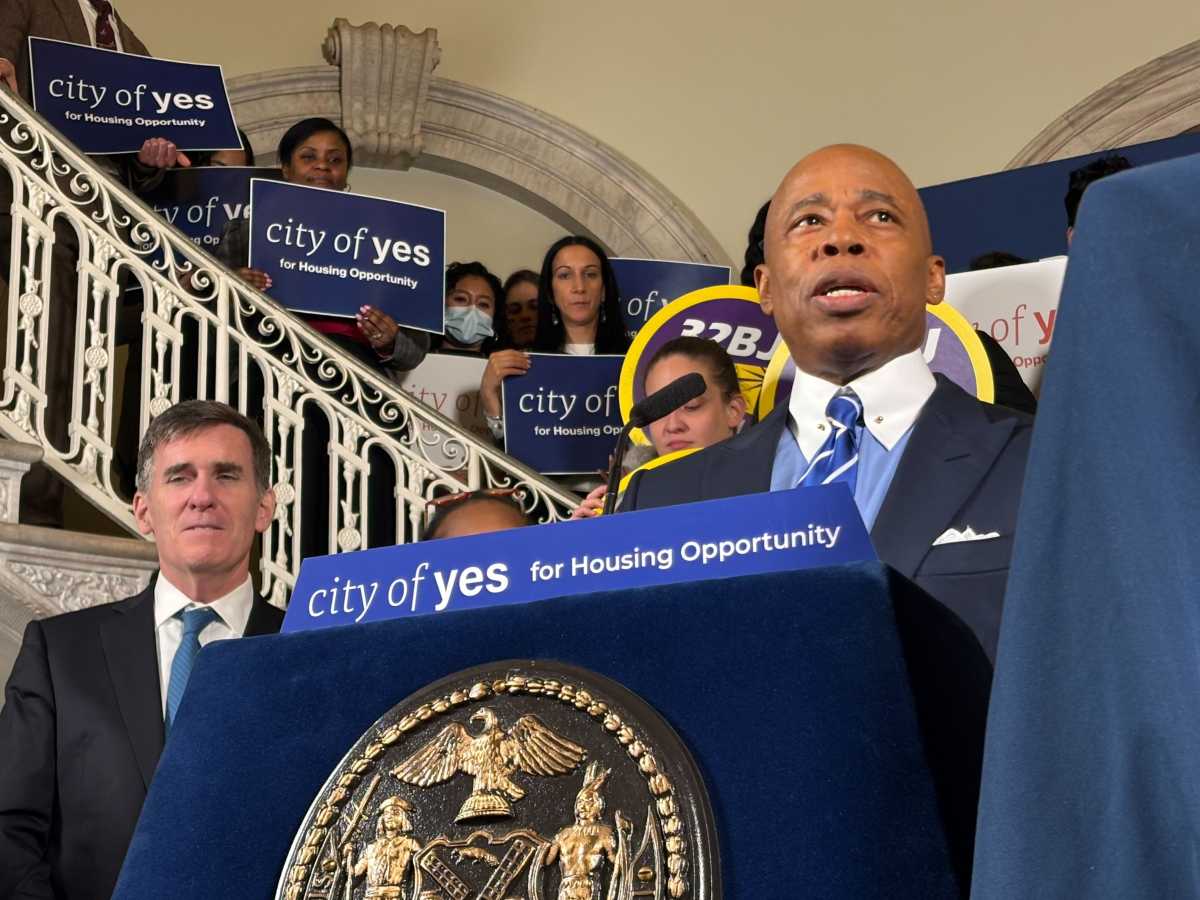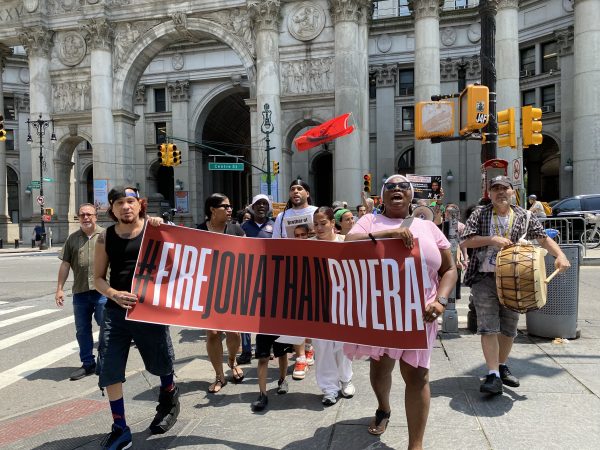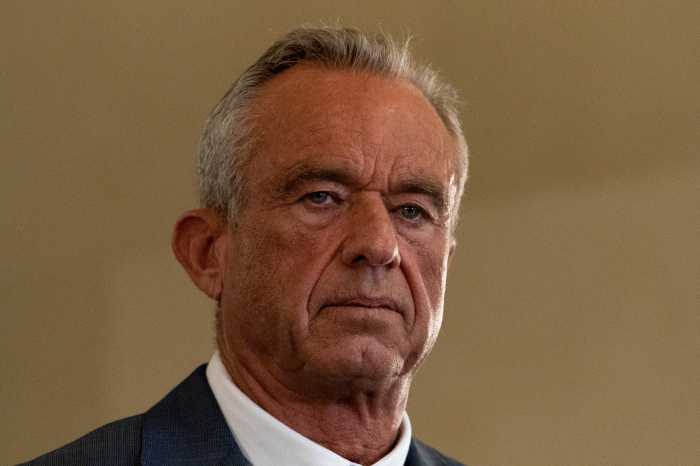It’s working in London and Stockholm, but can congestion pricing in Manhattan make an impact on residents and business owners in the Bronx?
By charging a fee to drivers entering Manhattan below 60th Street at peak times, congestion pricing — which state legislators are debating until April 1, when the budget will be finalized — expects to generate as much as $1 billion a year, which will help the Bronx in several ways.
Money will be earmarked for improvements that will increase service on the 2, 4, 5, 6, B and D, including the purchase of 3,000 new subway cars for the 1, B and D lines. It’ll also fund platform repair at the Longwood Avenue station 6; escalator replacements at the Pelham Bay Park 6; new stairs at Freeman Street, Simpson Street and Prospect Avenue 2/5 stations, and the Metro-North service directly into Penn Station with new stations in Hunts Point, Parkchester, Morris Park and Co-op City.
If congestion pricing is not passed? The MTA estimates that transit fares will need to rise by 27% to pay for essential projects.
In London, congestion pricing has reduced traffic by 15%, and reduced greenhouse gas emissions by 20%. In Stockholm, the number of children going to the hospital because of asthma has dropped by 50%.
“Congestion pricing,” says Andy Darrell, regional New York director for Environmental Defense Fund, “is a realistic step we can take to reduce traffic, cut air pollution, and increase funding for public transportation.”
Get involved at fixou
To view the Fix Our Transit: Small Businesses Support Congestion Pricing video, visit www.youtu

